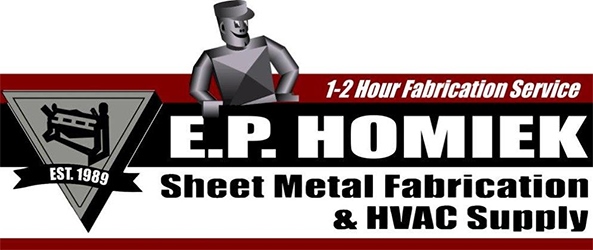Tips from an Air Balancer
- Posted on May 27, 2021
- by admin
- in Blog_Posts
- Comments Off on Tips from an Air Balancer
Previously in the E.P. Homiek HVAC blog we’ve covered how proper airflow and static pressure results in correct superheat and heat transfer on heat exchangers. Today we’ll talk from the perspective of an air balancer about what happens when air leaves the duct system and circulates through a home.
Once you know you’ve designed the correct duct size to deliver the required CFM of air, you need to examine the air distribution and complete path to the return grilles within the space. First, select registers that will deliver air to the perimeter of the home, washing the outside walls the following an unobstructed path to the return grilles, which should be situated as far away as possible. Air balancers commonly find return grilles located too close to the supply, causing short-cycling. Also ensure that registers do not blow air on occupants, creating discomfort.
Another common issue is too few return grilles, or they are not properly sized, causing the system to whistle. Airflow path can be disrupted or blocked when doors are closed. In such cases, use the ductwork branch damper to adjust flow to a room or area; don’t try to balance the supply register dampers as they will create noise. If a door or other room separator must remain closed, choking off airflow, install a properly-sized transfer duct.
In spaces with high ceilings, check for stratification issues. Stratification can be remedied with duct location changes or paddle fans. Areas where there is no circulation can lead to problems with mold.
Always check total supply air and total return air, then figure in whatever general exhaust exists to determine if the home will be slightly positive.
Balancers will often provide a punch list to home or business owners on what should be done to correct or improve airflow. They can be considered commissioning agents working with all parties to ensure that systems are installed correctly and function properly.
If you enjoyed this article please consider sharing it!




